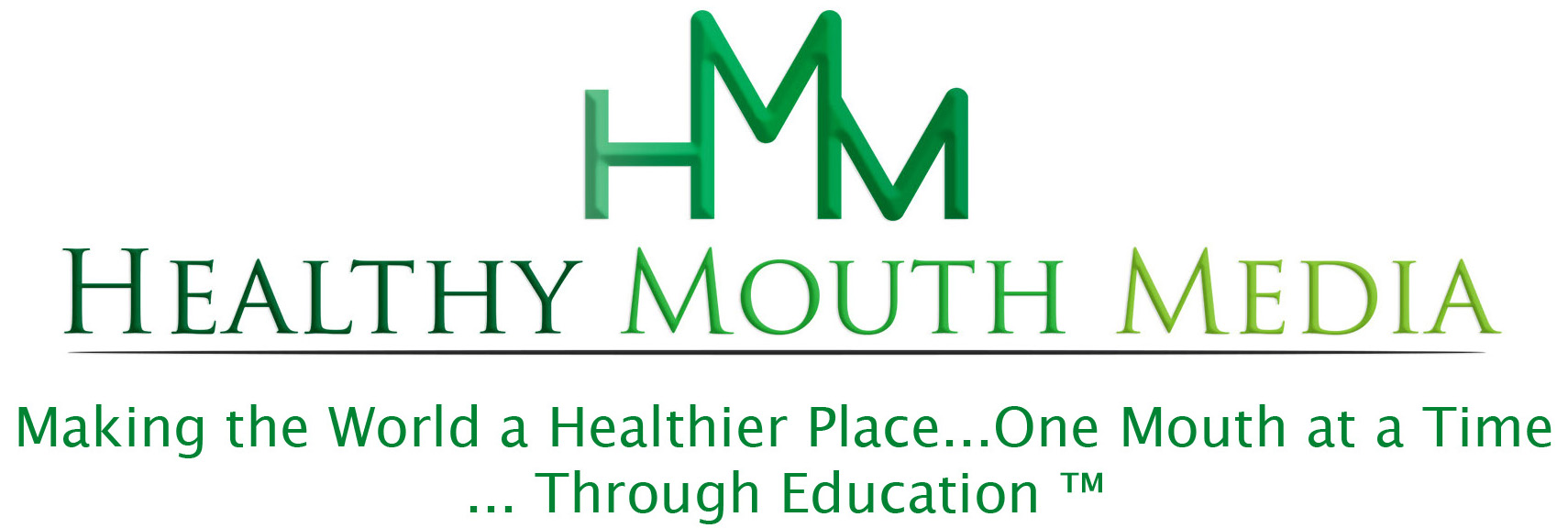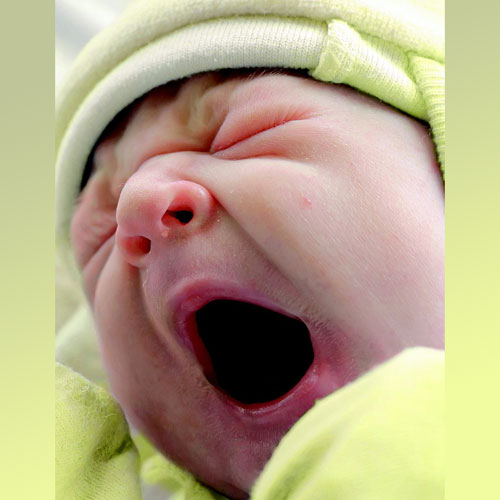Your mouth. You’ve had it a long time. In fact, you probably take it for granted. Yet our mouths are in constant use every day. Here are just a few of the multitude of ways our mouths – and all their parts (lips, tongue and teeth) serve us.
When it comes to first impressions, your mouth is the most important feature on you face. In fact, a recent study1 found that, “The five features that are most strongly positively correlated with the approachability dimension are all linked to the mouth and mouth shape
We all learn in childhood that a smile is the best way to make a good first impression – and a new friend – but did you know that smiling is actually GOOD for you? It is also good for those around you because smiling is contagious2. In fact, the saying, “Smile and the world smiles with you” (Stanley Gordon West), really is true!
Smiling, even if you’re faking it, can also make you feel better. The brain can’t tell the difference between real and fake and responds as it would to a real smile by feeling happier. This has actually been demonstrated in a number of studies done with participants who received Botox injections, which inhibited their ability to frown3. They found that the participants who couldn’t frown actually reported feeling happier and less anxious in general. Interestingly, their response was not tied to any psychological boost they might have felt as a result of the treatment. Michael Lewis, a co-author of the study, said, “It would appear that the way we feel emotions isn’t just restricted to our brain—there are parts of our bodies that help and reinforce the feelings we’re having”, rather like a feedback loop.
Besides making a good first impression, consider some of the many other things your mouth does for you…
Communication:
Your mouth is your primary communication mechanism. With it you can express your opinion – (or maybe rude noises, if you’re watching sports). You can tell a child you love them. Ask your boss for a raise. When you’re not speaking, you can communicate with song or laughter, maybe a sigh or even a whistle. All thanks to your mouth!
Kissing:
And then there’s kissing, at which the mouth excels.
Remember your first kiss? How about your first ‘real’ kiss – you know the one I mean? In a 2014 study of intimate kissing4, researchers found that an intimate kiss lasting 10 seconds transferred an average of 80 million bacteria between the partners. In fact, the more the partners kissed, the more alike their oral bacteria and microbiomes became.
A 2014 study showed that, like the 1964 song “It’s in His Kiss”, women tend to judge a man’s mating potential and sexual attractiveness by how good a kisser he is5. Kissing passionately also triggers your brain to produce all those wonderful, feel-good hormones like dopamine, oxytocin and serotonin. No wonder we like doing it! Kissing even stimulates saliva production which might help keep your teeth from building up plaque – but it’s not a substitute for brushing!
Ever wonder what the science of studying kissing is called? Philematology!
Eating and Drinking:
How about eating and drinking? While your mouth is certainly a necessity for these activities, there’s also an emotional connection to how you sense food. Consider the varied environments in which you eat – anything from popcorn at the movies to a romantic dinner with your favorite someone, to grabbing a bag of something at the drive-through. How food tastes is actually influenced by your emotions6, and your emotions can be influenced by your surroundings. Even mediocre food can taste great when you’re in a positive mood. Remember that little hole-in-the-wall restaurant that was ‘your special place’ where you always ate when you wanted to celebrate something and have a great meal with that special someone? Then one day you go there for a quick lunch by yourself, and all of a sudden the food has lost a couple of stars on your internal restaurant rating scale. What happened? Chances are, the food never was that great. It was your emotional state, your positive mood about celebrating something, that made it taste great. Your mouth convinced your brain – or was it the other way around?
The same study also showed that enhanced positive emotions correlated to enhanced sweetness intensities. Which might explain why – when you’re in a celebratory mood – you just can’t resist going for dessert… or that ice cream sundae… or piece of cake. It’s not a coincidence that we serve cake and ice cream at parties!
The Multi-Purpose Tongue:
Then there’s the tongue. It’s necessary for speech, eating, drinking, swallowing and tasting – just a few of its many uses besides licking an ice cream cone…
Your tongue has between 2,000 and 10,000 taste buds and is composed of 8 different muscles. The color and appearance of the tongue can be an indication of health problems (more on that in another post). A recent University of PA study found that obese people with OSA (obstructive sleep apnea) often also had fat tongues. “Previous studies showed that the human tongue has a high percentage of fat, and that tongue fat and tongue weight were positively correlated with the degree of obesity,” the study’s senior author Richard J. Schwab, M.D., said in a statement. “This is the first study that examined OSA patients and found higher fat deposits in obstructive sleep apnea patients than in those without OSA.”7
Conclusion:
With all your mouth does for you – keeping it – and all of its parts healthy – should be a top priority for keeping the rest of your body healthy, too.
References:
- http://www.pnas.org/content/111/32/E3353.abstract
- https://www.ncbi.nlm.nih.gov/pubmed/26970854
- https://www.scientificamerican.com/article/smile-it-could-make-you-happier/?page=1
- https://microbiomejournal.biomedcentral.com/articles/10.1186/2049-2618-2-41
- https://www.ncbi.nlm.nih.gov/pubmed/25299759
- https://www.ncbi.nlm.nih.gov/pubmed/26122754
- http://www.huffingtonpost.com/2014/10/11/tongue-facts-health-info_n_5952850.html

